Daredevil #25 surprise sent retailers scrambling plus revisiting a hot variant a year later
Fleischer Studios Superman art soars and the scarcest DC comic ever in our latest comic book collecting news wrap-up
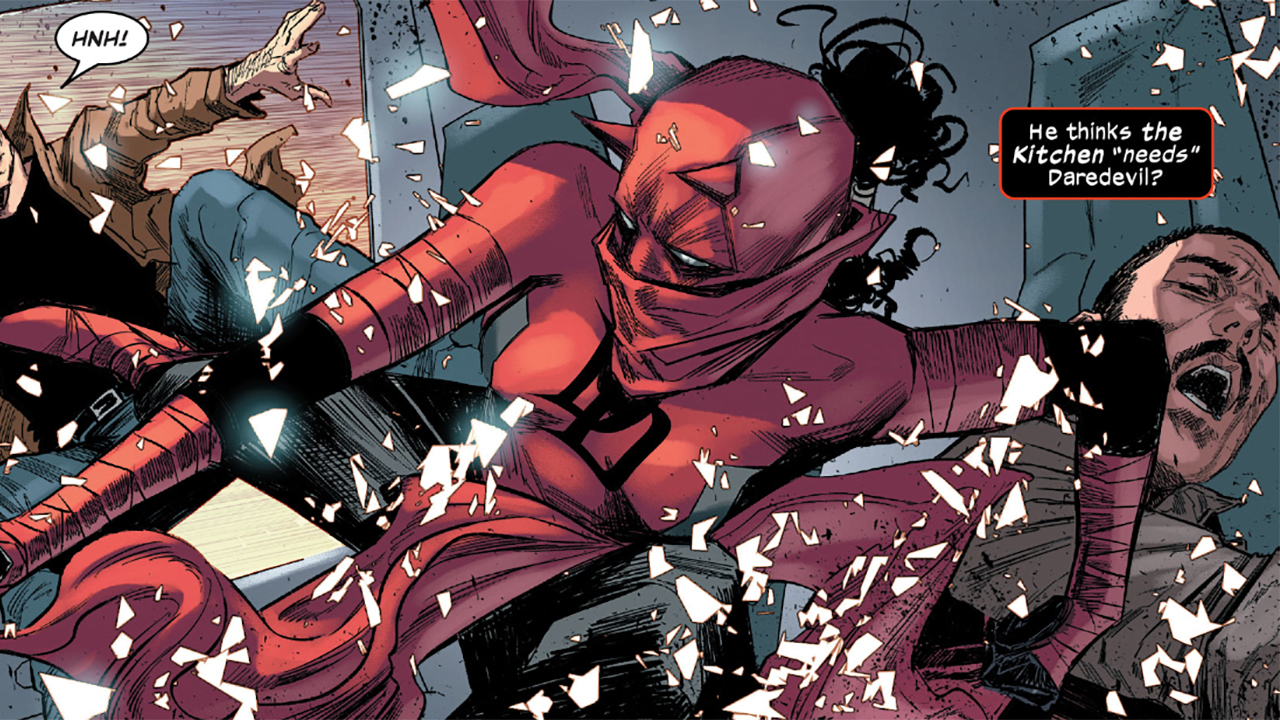
As there's no "official" window on what a "spoiler" is, let's just say it: Daredevil's in prison and Elektra is Daredevil now. There.
These events unfolded in Daredevil #25, released December 2. But a day or two in advance, both Marvel Comics and writer Chip Zdarsky started dropping heavy, heavy hints that something big would be happening. This put stores in a bit of a bind. What to do? Lay copies out at cover price, knowing they were going for ten times that via eBay? Feed your regular customers at cover price, and make new faces pay more? Limit one per customer?
There's no one-size-fits-all answer, but most stores go the FOC (Final Order Cutoff) route. FOC is the last day for retailers to get their orders in so that publishers can lock in a print run. FOC is typically 28 days before books hit stores.
"We're always kind of playing Whack-a-Mole with this, but we use ComicHub [software and customer app], which is a huge help," said Ryan Higgins of Comics Conspiracy. "We can give the final order cutoff list to customers directly and say, ‘You order at FOC, you're good. You want 10 copies, order in advance. You ask me on a Tuesday, the day before release, we're not going to have them. But if you preorder at FOC, fine.'"
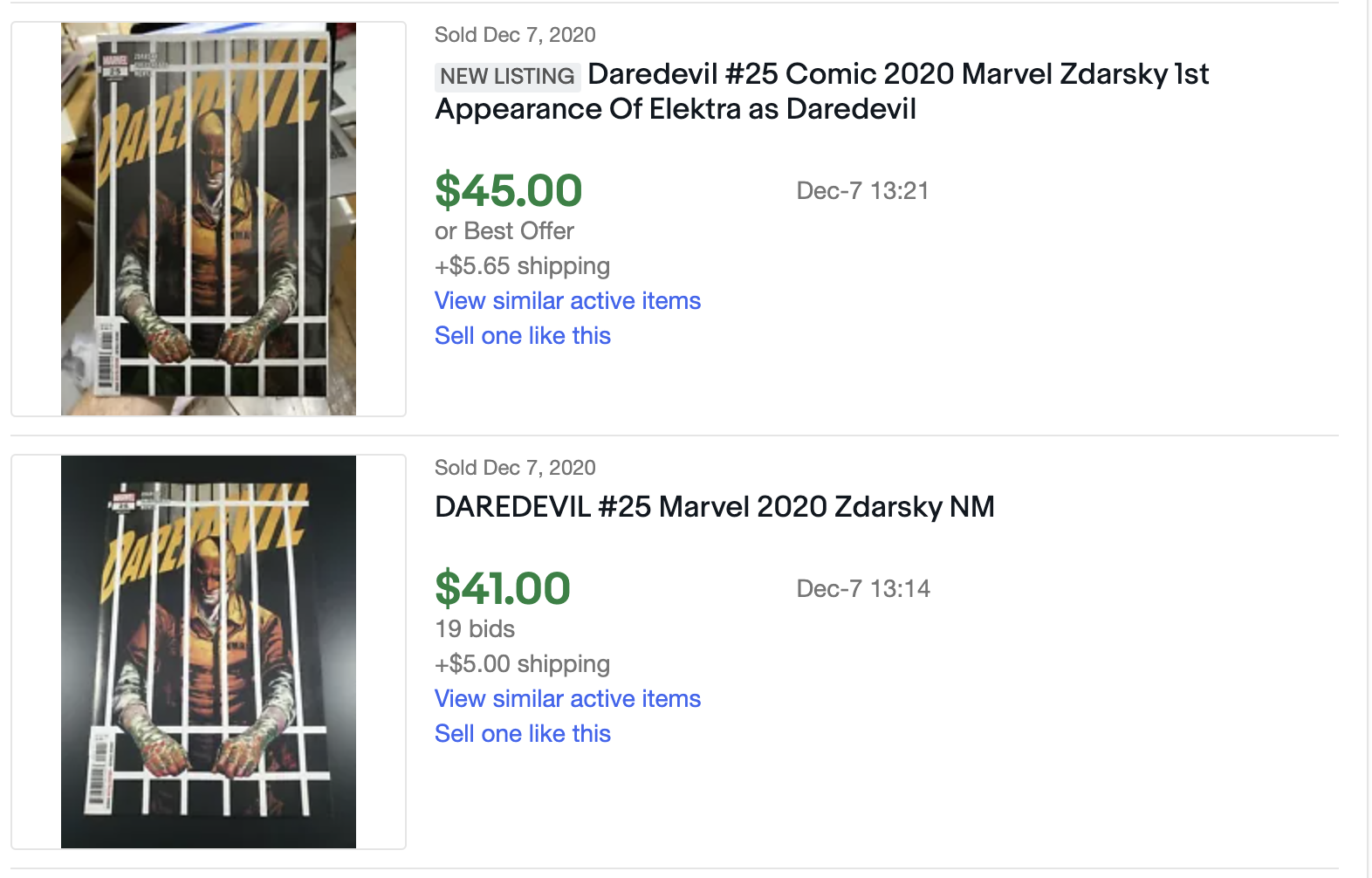
For his part, Higgins limited Daredevil #25 to one copy per person if not preordered at FOC, and still fielded dozens of calls on Wednesday and Thursday for copies he did not have. Daredevil #25 prices were…all over the board, with regular covers going for anywhere from $25-$75, with $40-ish feeling like a prevailing middling price.
"The DD thing is nuts, prices were way higher than I expected day one online," Higgins said. "But we'll see where it is in six months."
Yeah? Let's see!
As always, 'your mileage may vary,' but books that are hot-hot-hot in the moment very often cool down in time. We decided to go back one year and look at a pricey variant and see where it is a year later, using DC's Dark Knight Returns: The Golden Child #1 1:100 Frank Miller variant, which came out in December 2019.
Get the best comic news, insights, opinions, analysis and more!
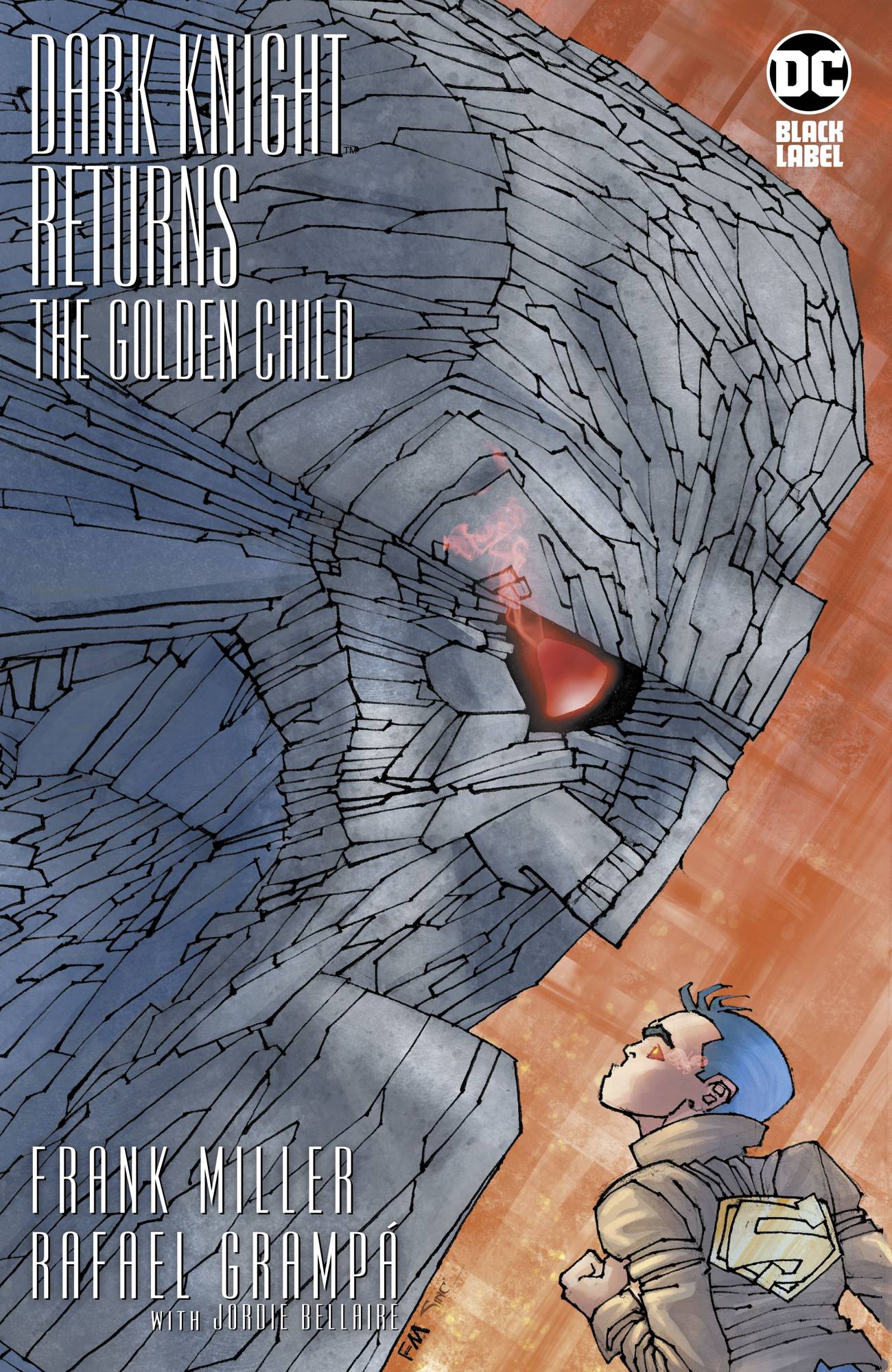
"We typically price our variants ‘at ratio,' which means a 1:25 is $24.99, a 1:50 is $49.99, a 1:100 is $99.99," said Steve Anderson, owner of Third Eye Comics, with four stores in Maryland and Virginia. Sure enough, Third Eye's copies of this book sold for $99.99.
The same copies can be easily had on the market for $25-$50 today, but Anderson says buyer's remorse isn't really a thing.
"Variants are a gamble, and as long as collectors know that there's just as much of a chance of a 1:100 dropping in value, and a 1:25 going up in value, I think they tend to be happy with the purchase," he said. "We always advise against anyone dropping significant coin in a book purely for the hope of monetary return, because the market for variants can fluctuate so much. We tell all of our collectors that if you love the book at $2 or $200, it's worth it to you, and that's all that matters."
The scarcest DC comic ever

We've made mention of scarce, end-of-run comics in each of the previous two columns, highlighting Milestone, Star Wars, and Valiant books. Well, if you're looking for the scarcest DC Universe (non-Vertigo, Cartoon Network, or other) book EVER, your target is El Diablo #6.
The 2008-2009 limited series introduced Chato Santana as the new El Diablo. The property wasn't particularly well-known, and fans were less than enthused by the arrival of the series. By its final issue, sales had dwindled to an estimated 3996 copies, a microscopic quantity in comparison to the 150,000 garnered by a reprint of Amazing Spider-Man #583 that month (okay, it was the Barack Obama issue).
Savvy collectors do seek out the book, but prices haven't popped as yet. eBay copies can be found for $3-$4, and major online retailer MyComicShop.com has it in Very Fine condition for $4.
Again, not that all comics are graded, but CGC has a whopping four (four!) copies in its census, two graded at 9.0, one at 9.2, and one at 9.6.
Ever-brown turns evergreen
On the flip side, the peak of modern comic print runs happened circa 1991-92, when everything Marvel was turning to gold, Image Comics launched, and DC's "Death of Superman" all converged into a collector frenzy. The high, high print runs from that era mean that long term collector value never really materialized…until now.
"We are starting to get—and please quote me on this, because I think this is absolutely insane—$10, $12, $15 apiece on X-Men #1 from 1991," said Chuck Rozanski, owner/operator of Mile High Comics in Denver, CO. "And that was the most overprinted comic in the history of comics."
Indeed, 1991's X-Men #1 had six different covers and sold in excess of eight million copies all tolled. Rozanski saw a lot of 'em at the time.
"I saw a fleet of trailers at the Capital City warehouse then—I happened to be there buying an overstock deal from them—and there were 13 or 14 semis filled with nothing but X-Men #1."
But Rozanski says that book and its ilk have hit a "magic point."
"When comics reach 30 years old, they suddenly become really collectible," he said. "Even though 1991 and that era was the peak of the glut for comic publishing…I cannot keep Spawn #1 in stock even though that had a million-plus print run. Youngblood #1 is starting to sell again. You couldn't use to give that 1991 shit away. Now it's in demand."
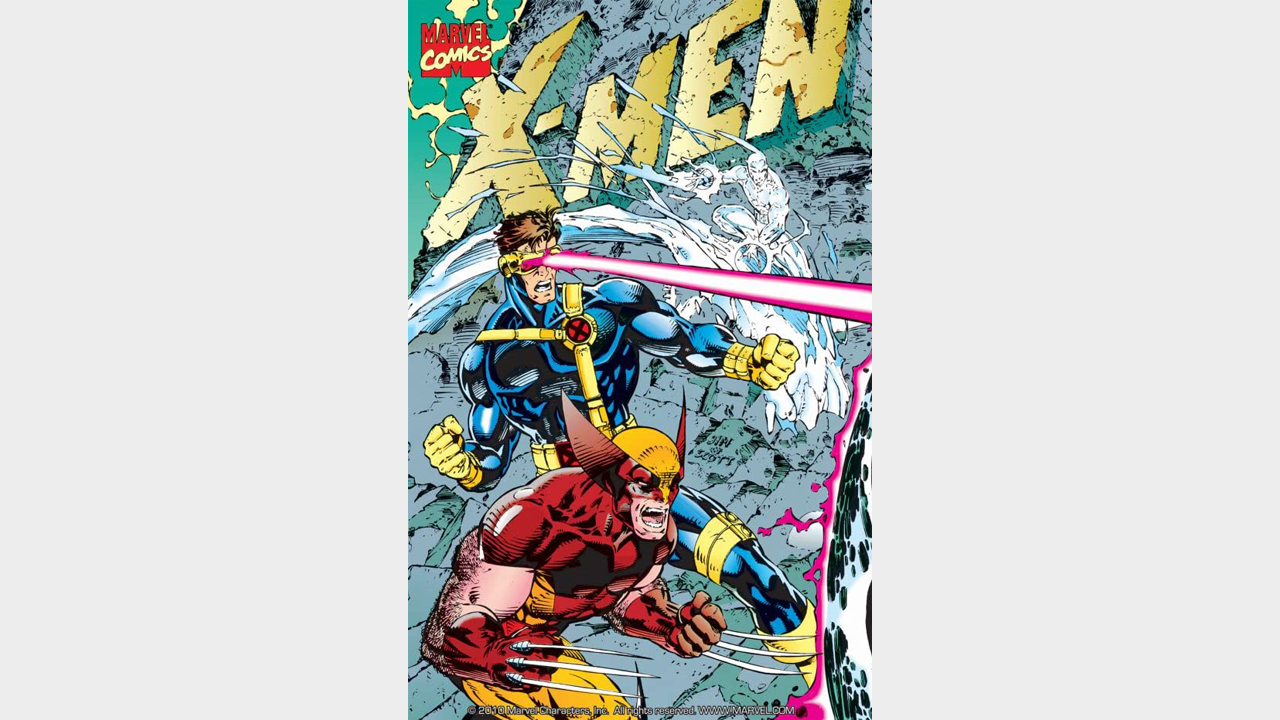
Many other retailers aren't quite as aggressive as Mile High, but they are seeing an easy $5-$10 on X-Men #1, and Spawn #1 is a solid $20 item.
"We restock these all the time, and they always sell fast," said Ryan Higgins, owner of Comics Conspiracy in Sunnyvale, CA. "Everything goes in 25-year cycles."
Rozanski feels a dissonance in these prices, but he knows where it comes from.
"We're too old!" he said. "So many people buying comics today are younger than that book. It's hard to get your head around the fact that X-Men #1, which we all had more copies than we knew what to do with, has never even been seen by an entire generation which is now the predominant generation of comic buyers. An X-Men #1 from 30 years ago, before they were born, becomes a treasured object. They're not re-buying their childhood. This is new material to them."
And although Mile High is usually an aggressive buyer, alas…they are not buying 1991's X-Men #1. At least not today.
"I still have a couple of thousand copies of each," Rozanski said. "But I never look at how many copies I have in hand when I'm pricing. I could have one or 1000, doesn't matter. That's irrelevant. What is relevant is the demand in the marketplace at this moment in time. What are consumers telling me? I believe consumers are the true gauge of what the market is; not dealers. I listen to what they find to be acceptable price points."
Fleischer Studios Superman art soars
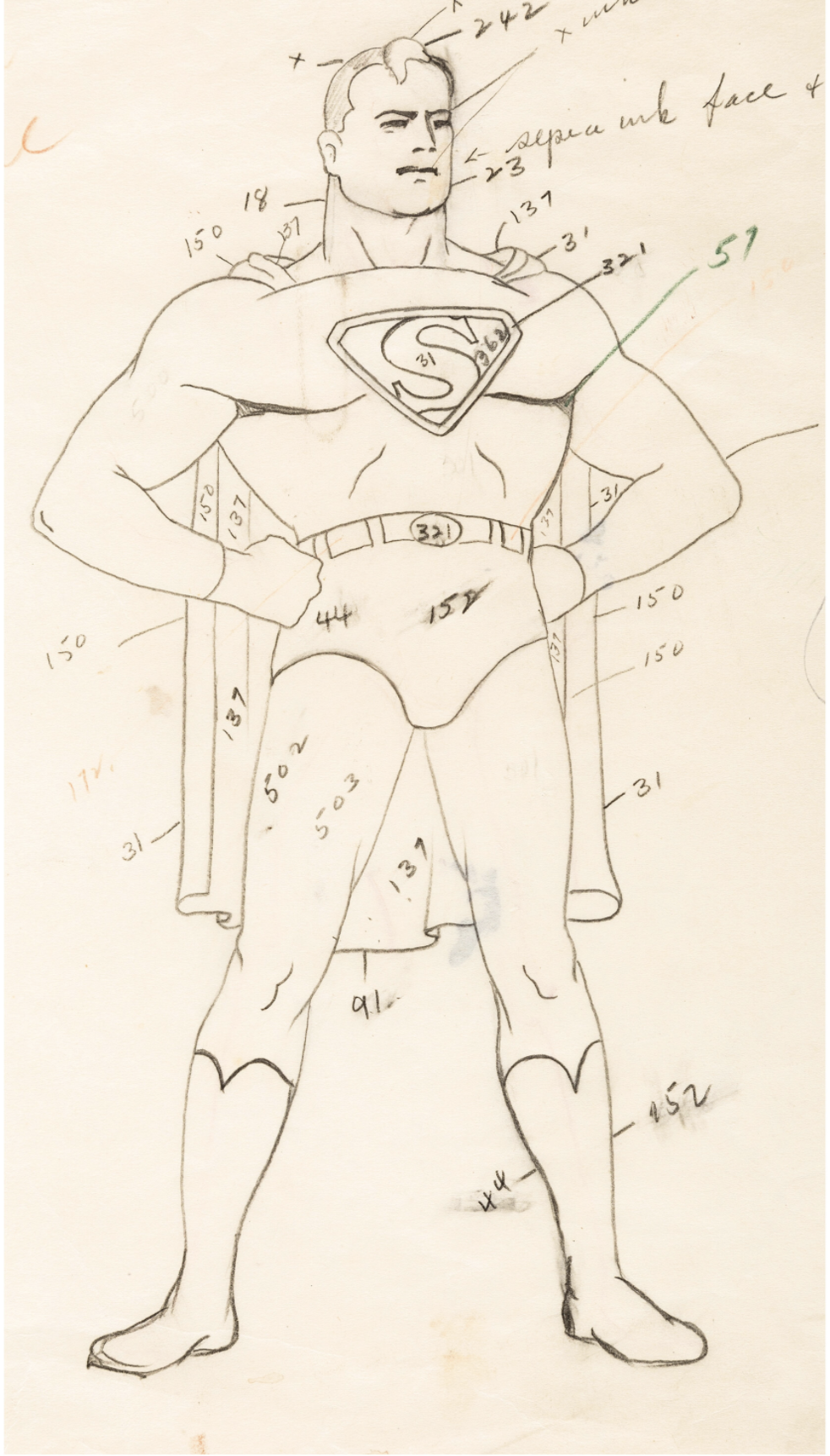
In the early '40s, Brothers Max and Dave Fleischer produced 17 Superman cartoon shorts with an art deco style and a sense of majesty (and, honestly, the same recycled plot over and over) that are still fondly remembered today. And some of that original art just found a new home.
Heritage Auctions just sold a smattering of Fleischer Studios art as part of its December 2020 Animation Art Signature Auction, with a 15.5-by-12-inch color guide of the Man of Steel taking center stage. The piece was pushed to $7750 in early internet bidding before the live auction took over, with six more live bids pushing the piece to a final price of $10,000 ($12,000 after a 20% buyer's premium). Not bad for a color guide that's actually in black-and-white, and just designates color notations.
Making autographs easier
Interest in autographed comics has blown up in the past few years and many fans—and pretty much ALL third-party facilitators—go the 'window bag' route, in which the comic is placed in a bag and board to help protect corner and edges, while a 'window' is cut out of the bag, allowing the creator a spot to sign.
Well, you need not cut your own windows any longer. CGC is offering window bags at $12.50 per bundle of 25. The bags offer a wide signing area, are approved for all CGC hosted private signings…and can save a lot of time and effort.
For more comic book collecting news, check out these previous wrap-ups:
—Similar articles of this ilk are archived on a crummy-looking blog. You can also follow @McLauchlin on Twitter


